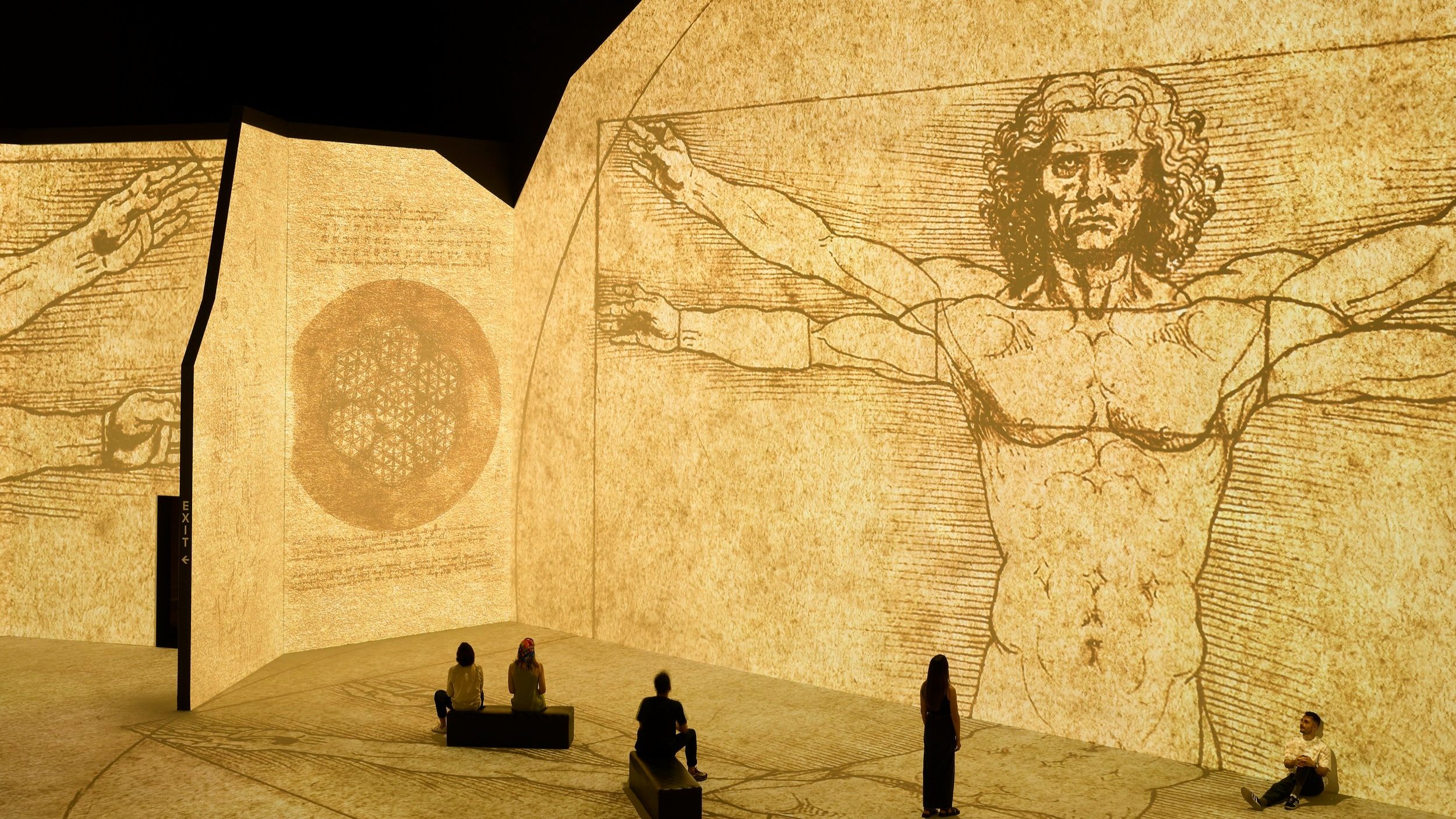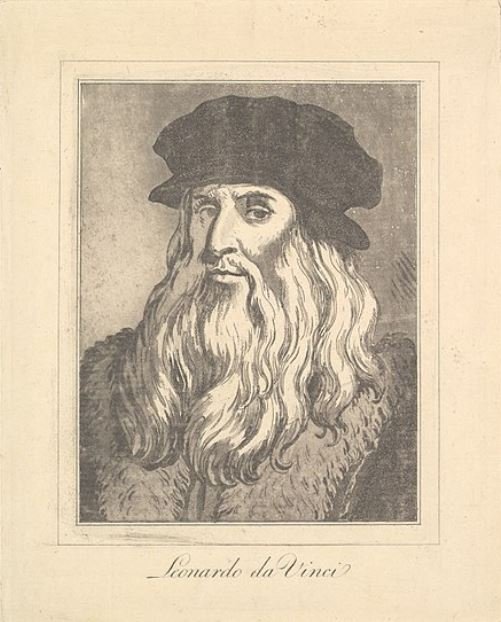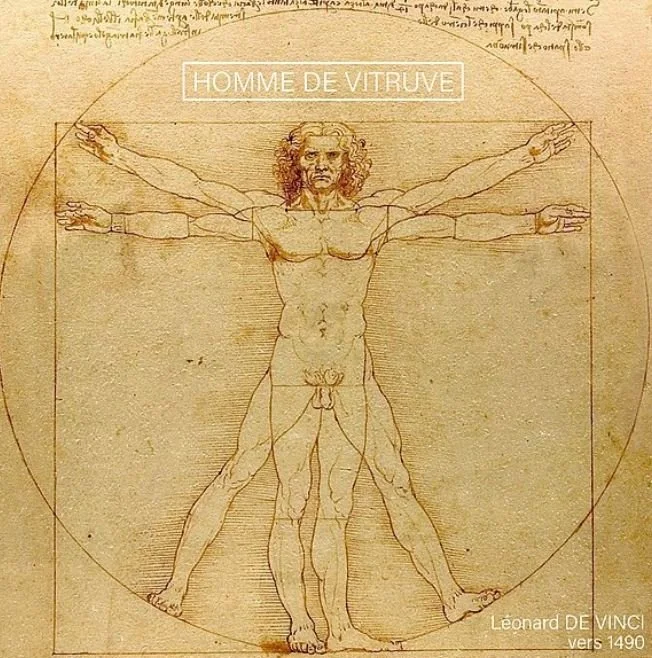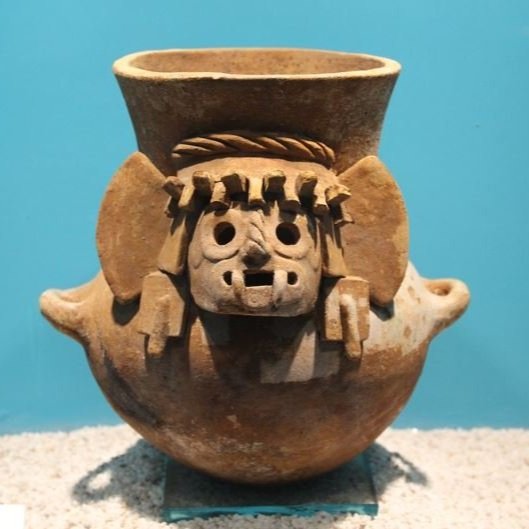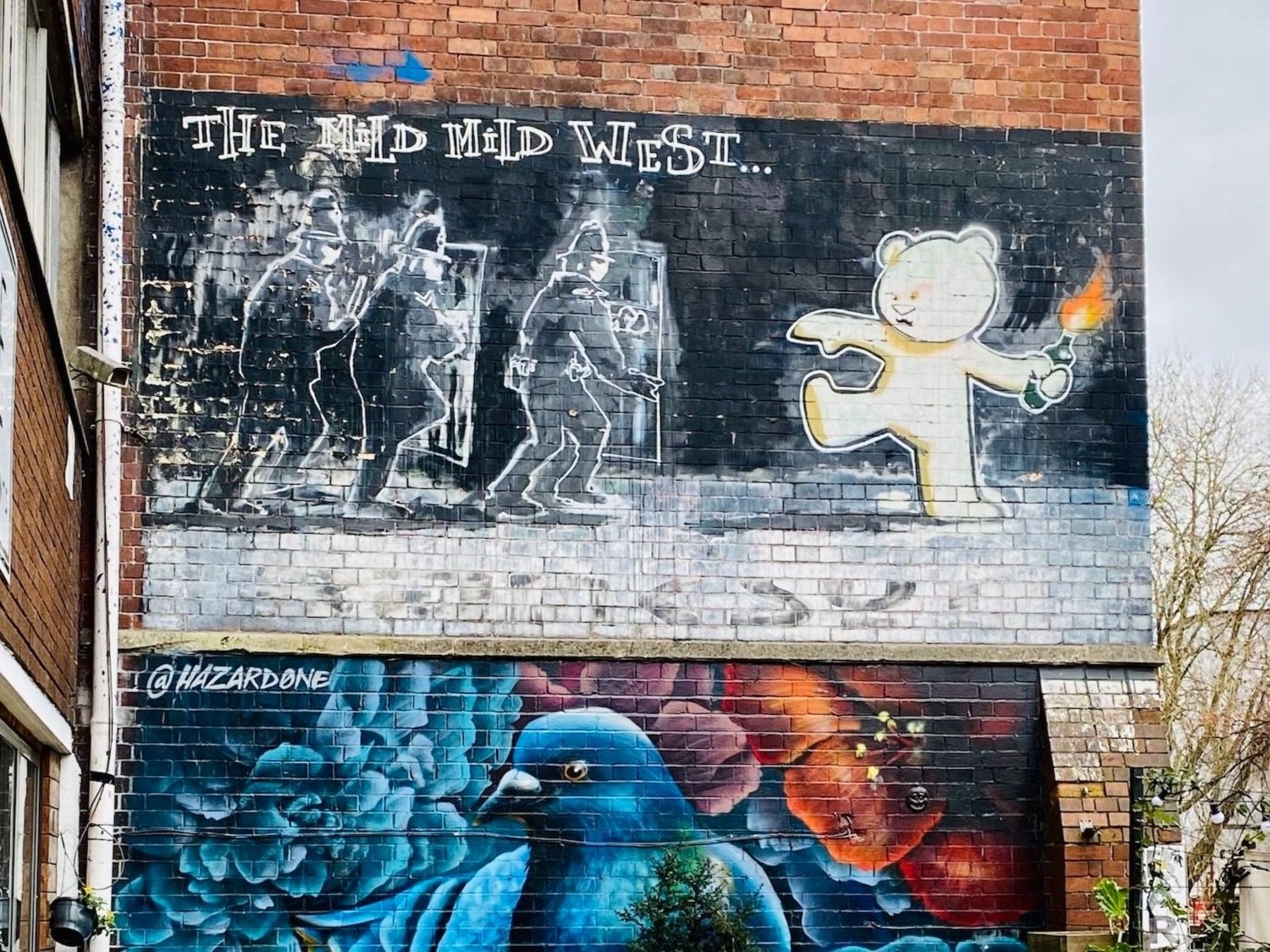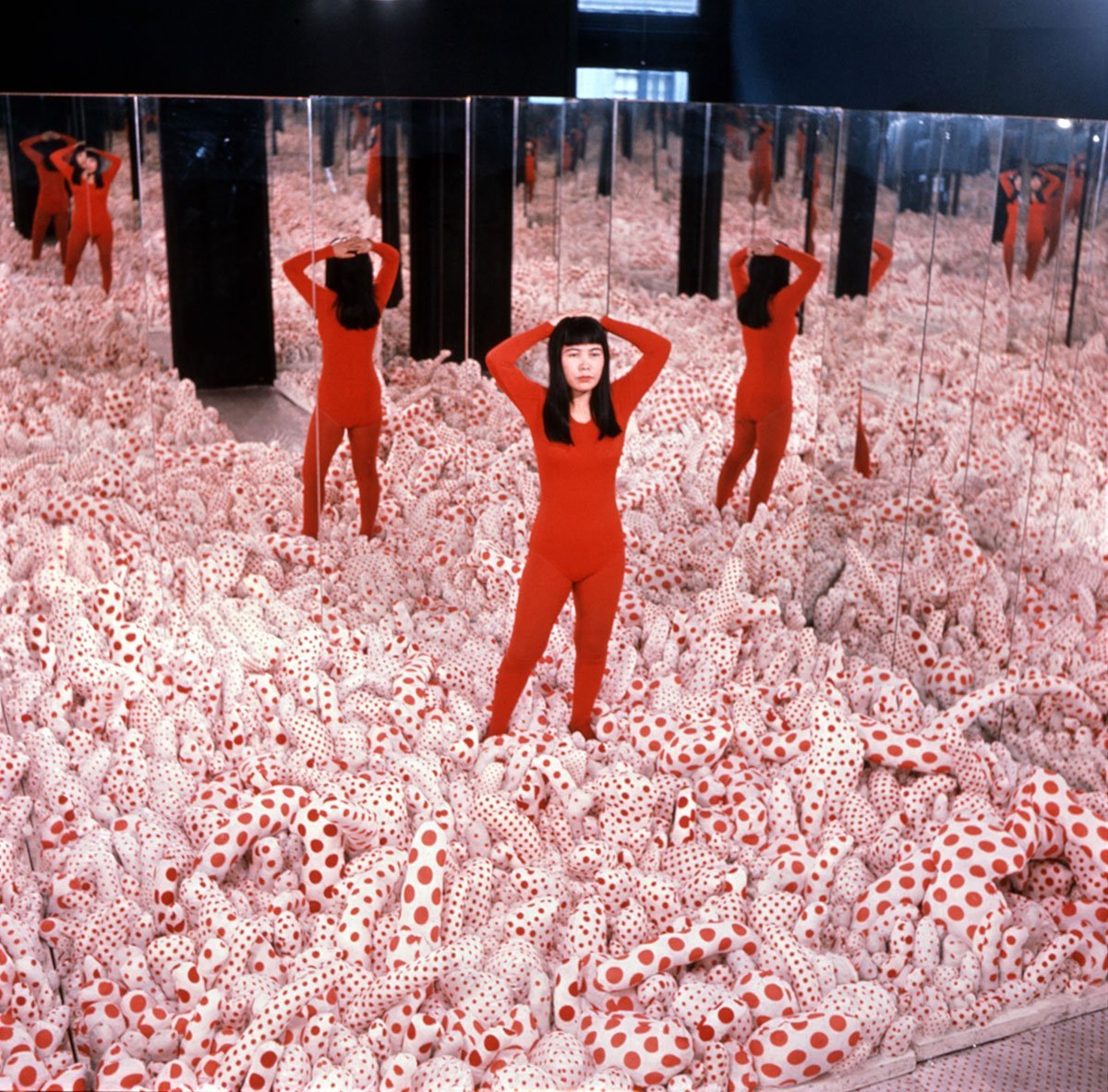Why was Leonardo da Vinci called a Renaissance Man?
Photo Credit: Leonardo Da Vinci at THE LUME
The term "Renaissance man" refers to a person with expertise across multiple disciplines and fields of study. Leonardo da Vinci epitomised this ideal, making ground-breaking contributions in numerous areas of art, science, and human knowledge.
Leonardo da Vinci is therefore regarded as the quintessential Renaissance man.
In this article we delve deeper into the life and achievements of Leonardo da Vinci the true "Renaissance man" to uncover the remarkable depth and breadth of his genius.
Table of Contents
1. Leonardo da Vinci - Man of Diverse Talents and Interests
2. Leonardo da Vinci - Insatiable Curiosity and Observational Skills
3. Embodiment of Renaissance Ideals
4. Leonardo da Vinci’s Lasting Legacy and Influence
5. Final Thoughts: Leonardo da Vinci personified the notion of the Renaissance Man
1. Leonardo da Vinci - Man of Diverse Talents and Interests
Leonardo da Vinci's talents and interests were truly remarkable, spanning numerous disciplines and fields of study. His accomplishments in each of these areas were nothing short of extraordinary, cementing his status as a true Renaissance man.
Artistic Genius
Photo Credit: Leonardo Da Vinci at THE LUME
Leonardo's artistic prowess is arguably his most renowned and celebrated talent. He is best known for creating two of the most iconic artworks in history:
The Mona Lisa: This enigmatic portrait, with its captivating smile and masterful use of light and shadow, has become one of the most recognisable and valuable paintings in the world.
The Last Supper: This monumental mural, depicting the final meal shared by Jesus and his disciples, is a masterpiece of composition, perspective, and emotional expression.
However, Leonardo's artistic abilities extended far beyond painting. He was also a skilled sculptor and architect, contributing to the design of various buildings and engineering projects.
Leonardo da Vinci's Scientific and Engineering Breakthroughs
Leonardo's insatiable curiosity and observational skills led him to make pioneering contributions across multiple scientific and engineering fields, including:
Anatomy: His meticulously detailed anatomical drawings, based on dissections of human and animal bodies, laid the foundation for modern understanding of anatomy and physiology.
Mechanics: Leonardo explored the principles of mechanics, developing concepts related to friction, leverage, and the behavior of gears and pulleys.
Optics: His studies of light, shadows, and the workings of the human eye contributed to the development of optics and the science of vision.
Hydrodynamics: Leonardo's observations of water flow and the behavior of fluids laid the groundwork for modern hydrodynamics.
Leonardo da Vinci's Visionary Inventions
Leonardo da Vinci Diagram of a proposed flying machine
Leonardo's inventive mind envisioned countless innovations that were centuries ahead of their time. Among his most remarkable conceptual inventions were:
Flying machines, including ornithopters and helicopters
Concentrated solar power systems for generating heat and power
Armoured vehicles and other military innovations
Various mechanical devices, such as the automated bobbin winder and the mechanical knight
His notebooks are filled with detailed drawings and descriptions of these inventions, many of which were not realised until much later in history.
Leonardo da Vinci's Prolific Writer and Observer
In addition to his artistic, scientific, and engineering pursuits, Leonardo was a prolific writer and observer of the natural world. His notebooks, known as the Codices, contain:
Detailed observations and drawings of plants, animals, and natural phenomena
Philosophical musings on topics ranging from art and science to human behaviour
Writings on subjects as diverse as geometry, geology, cartography, and architecture
These notebooks provide a fascinating glimpse into the workings of Leonardo's brilliant mind and his unquenchable thirst for knowledge.
Through his multifaceted genius and contributions across numerous disciplines, Leonardo da Vinci truly embodied the ideal of the Renaissance man, leaving an indelible mark on the world and inspiring generations of artists, scientists, and thinkers to come.
2. Leonardo da Vinci - Insatiable Curiosity and Observational Skills
Leonardo da Vinci's wisdom, gleaned from his boundless curiosity and keen observations of the natural world, provides insights into harnessing one's creativity, cultivating an inventive mindset, and approaching challenges from unconventional perspectives that transcend disciplines.
Leonardo da Vinci's relentless curiosity and exceptional observational abilities set him apart from his contemporaries. His inquisitive mind constantly sought to understand the intricacies of the natural world around him, leading him to study:
The delicate structures of plant life
The complex motions of water currents
The intricate anatomy of the human body
This intense curiosity fuelled his endless quest for knowledge, evident in his meticulously detailed notebooks filled with observations and drawings.
Leonardo pioneered the scientific method, rejecting blind acceptance of inherited knowledge. Instead, he advocated for:
Formulating hypotheses
Conducting careful observations and experiments
Drawing conclusions based on empirical evidence
His observational genius allowed him to perceive and record even the subtlest details with unparalleled precision, capturing:
Intricate patterns in nature
Delicate veins of leaves
Complex muscular structures
Leonardo synthesized his observations with his boundless imagination, developing a deep appreciation for the harmony and interconnectedness of nature. This powerful combination enabled him to make groundbreaking contributions across diverse fields, from art and engineering to anatomy and hydrodynamics, embodying the spirit of the Renaissance.
3. Embodiment of Renaissance Ideals
The Renaissance period, spanning the 14th to the 17th centuries, was a pivotal era in European history characterised by a renewed interest in learning, artistic expression, and the exploration of human potential.
The ideals of this era emphasised the pursuit of knowledge across multiple disciplines, celebrating the well-rounded individual with a diverse range of talents and interests.
Leonardo da Vinci embodied these Renaissance ideals like no other, exemplifying the true spirit of the era through his remarkable achievements and multifaceted genius.
Well-rounded Education and Mastery
One of the core Renaissance ideals was the acquisition of a well-rounded education that encompassed various fields of study. Leonardo epitomised this ideal through his mastery of subjects spanning:
Art (painting, sculpture, architecture)
Science (anatomy, mechanics, optics, hydrodynamics)
Engineering and invention
Writing and observation
His insatiable thirst for knowledge drove him to continuously expand his understanding, making groundbreaking contributions in each of these disciplines.
Blending of Art and Science
The Renaissance era witnessed a significant blending of art and science, with artists and scholars recognising the interconnectedness of these seemingly disparate fields. Leonardo's work exemplified this integration, as he:
Applied scientific principles to his artistic endeavours, such as the study of anatomy and perspective in painting
Utilised his artistic skills to illustrate and document his scientific observations and discoveries
This seamless fusion of art and science was a hallmark of Leonardo's work, reflecting the Renaissance ideal of harmonizing different disciplines.
Humanist Values and Human Potential
At the heart of Renaissance humanism was the belief in the inherent worth and potential of human beings.
Leonardo's work and philosophies resonated deeply with these humanist values, as evident in:
His appreciation for the beauty and complexity of the human form, as depicted in his anatomical studies and artistic masterpieces
His desire to expand the boundaries of human knowledge and understanding through his insatiable curiosity and innovative thinking
His recognition of the interconnectedness of all aspects of the natural world, including human beings
Through his groundbreaking contributions and unwavering pursuit of knowledge, Leonardo celebrated the boundless potential of the human mind and spirit, embodying the essence of Renaissance humanism.
4. Leonardo da Vinci’s Lasting Legacy and Influence
Leonardo da Vinci's genius transcended boundaries, blending art and science in a way that revolutionised artistic expression.
Leonardo's mastery of techniques like sfumato and chiaroscuro ushered in a new era of naturalism and realism in painting.
His meticulous study of human anatomy allowed him to depict the human form with unparalleled accuracy and grace, setting new standards for anatomical realism.
Masterpieces like the Mona Lisa and The Last Supper continue to captivate viewers with their innovative compositions, symbolism, and emotional depth.
But what truly sets Leonardo apart is his ability to seamlessly integrate art and science. His curiosity about the natural world informed his artistic works, infusing them with a sense of harmony and wonder. Conversely, his artistic skills enabled him to document his scientific observations with unmatched precision and beauty.
His legacy serves as a powerful reminder of the transformative potential of combining artistic expression with scientific exploration. Leonardo da Vinci's achievements stand as a testament to the remarkable heights that human creativity and ingenuity can reach when art and science are harmoniously intertwined.
5. Final Thoughts: Leonardo da Vinci personified the notion of the Renaissance Man
In his diverse talents that spanned art and science, his insatiable curiosity to understand the world around him, and his embodiment of Renaissance humanist ideals, Leonardo da Vinci personified the notion of the "Renaissance man." His lasting legacy demonstrates the incredible depth and breadth of human potential that the Renaissance idealised.
I hope you have found this blog post about Leonardo da Vinci interesting and enjoyable. To find out more about other great artists, read here:
If you have any questions or comments, please email me at sarahransomeart@gmail.com.
